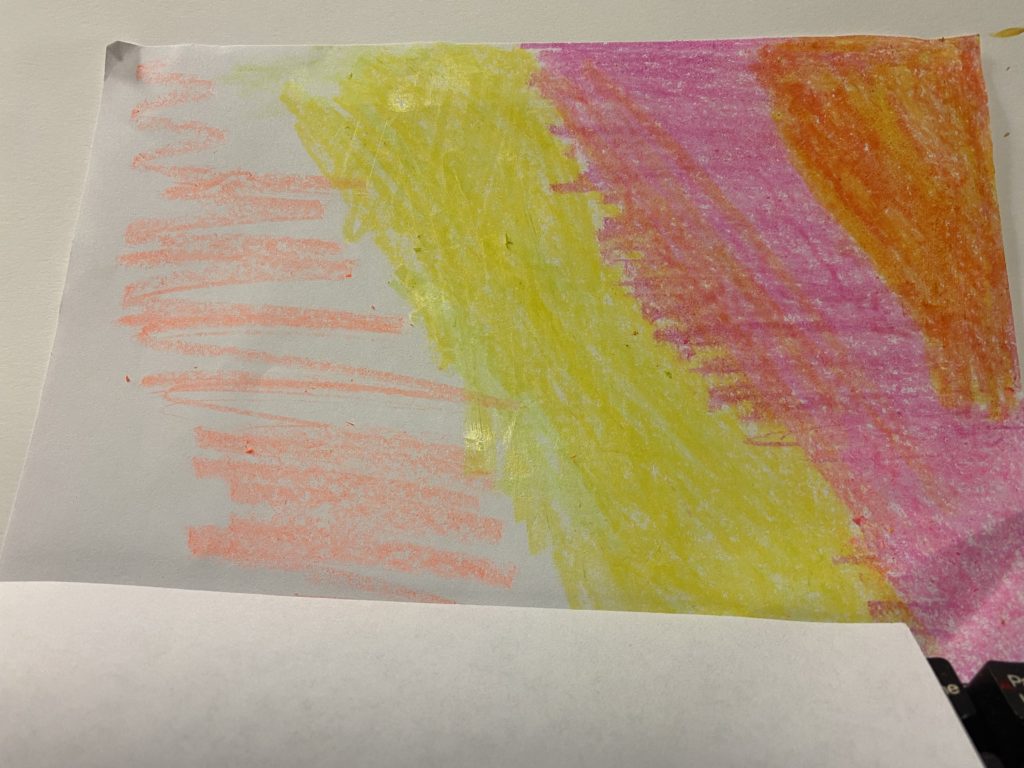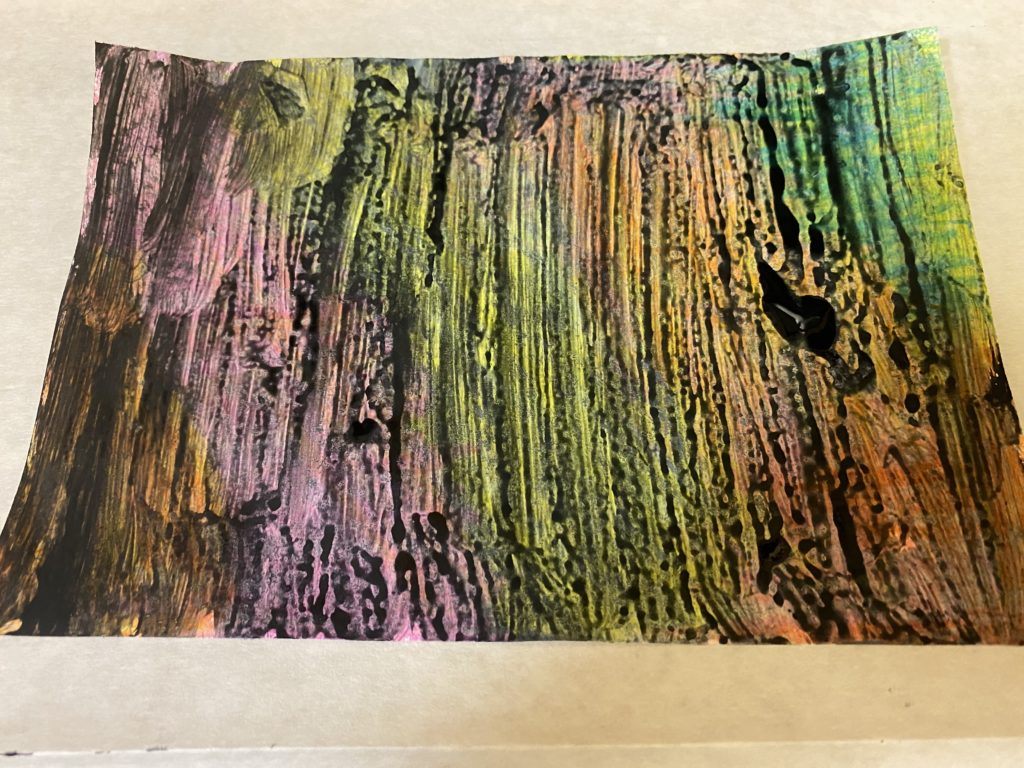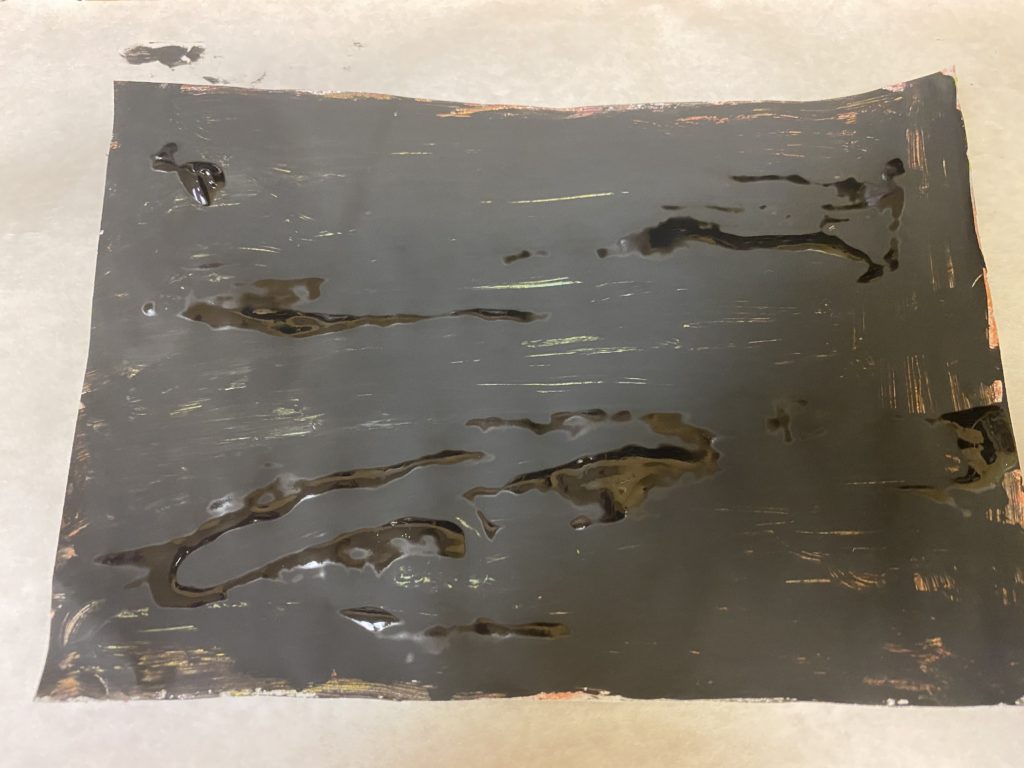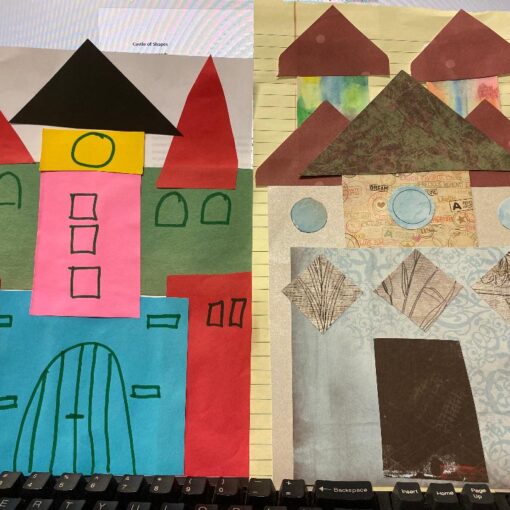
Weekend Fun: More Than Just Crayons
Crayons are a favorite tool of childhood, but they have much more to offer than mere coloring. Did you know that you can use crayons – and specifically the story The Day the Crayons Quit by Drew Daywalt – to teach children about philosophy and ethics?
The Janet Prindle Institute for Ethics uses Daywalt’s book to help children understand some of the nuances involved in freedom of choice vs. personal responsibility. There are no right or wrong answers, just thought-provoking questions, and the best part is that not only will your children experience thinking for themselves to make a decision (and heads up – their responses may be very different at different ages) but you will also have a fascinating conversation with them.
Visit The Janet Prindle Institute for Ethics here to see some suggested conversation topics and questions and to watch a read-along of the book accompanied by origami illustrations: https://www.prindleinstitute.org/books/the-day-the-crayons-quit/
Whether or not you choose to explore the ethical aspects of crayons, have some crafting fun this weekend by making your own crayon scratch art as a family! Scratch art is lots of fun and gives a dramatic effect to any drawing.
How to Make Crayon Scratch Art
What you need:
- box of crayons
- computer paper (one sheet per person)
- black poster paint
- dish soap
- paintbrush
- tool for scratching or drawing
What you do:
- Cut the computer paper in half so that you have two sheets. You will make two pages of scratch art.
- Use the crayons to completely cover the paper with crayon scribbles. Using more than one color in the same spot will help to cover all the white space and also add depth to the color. Lighter colors will work better than darker colors for this project. No need to press hard – just use a comfortable medium pressure and fill in by going over the same spot with variants of the same color.
- As you work near the edges, it may be easier to color in one direction only. If the crayon breaks, you are pressing too hard.


Next:
- Pour some black poster paint in a paper plate and add a little dish soap. The soap will help the paint “stick” on top of the crayon – otherwise it would resist. If you don’t have poster paint, you may use acrylic paint, but it will require more coats of paint.
- Stir to mix well, and then paint the mixture on top of the crayon background.
- Be sure to cover the crayon pages completely.
- Let the paint dry, and apply a second coat of paint. The page should be entirely covered in black paint.




Use a pencil, craft stick, or even a paper clip to draw pictures and designs on the black paint and watch the rainbow of colors come through!






